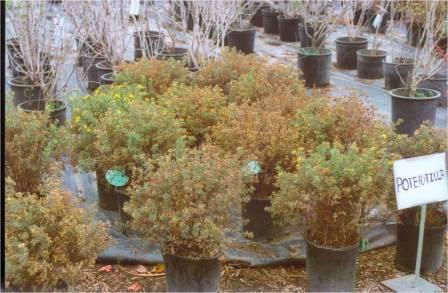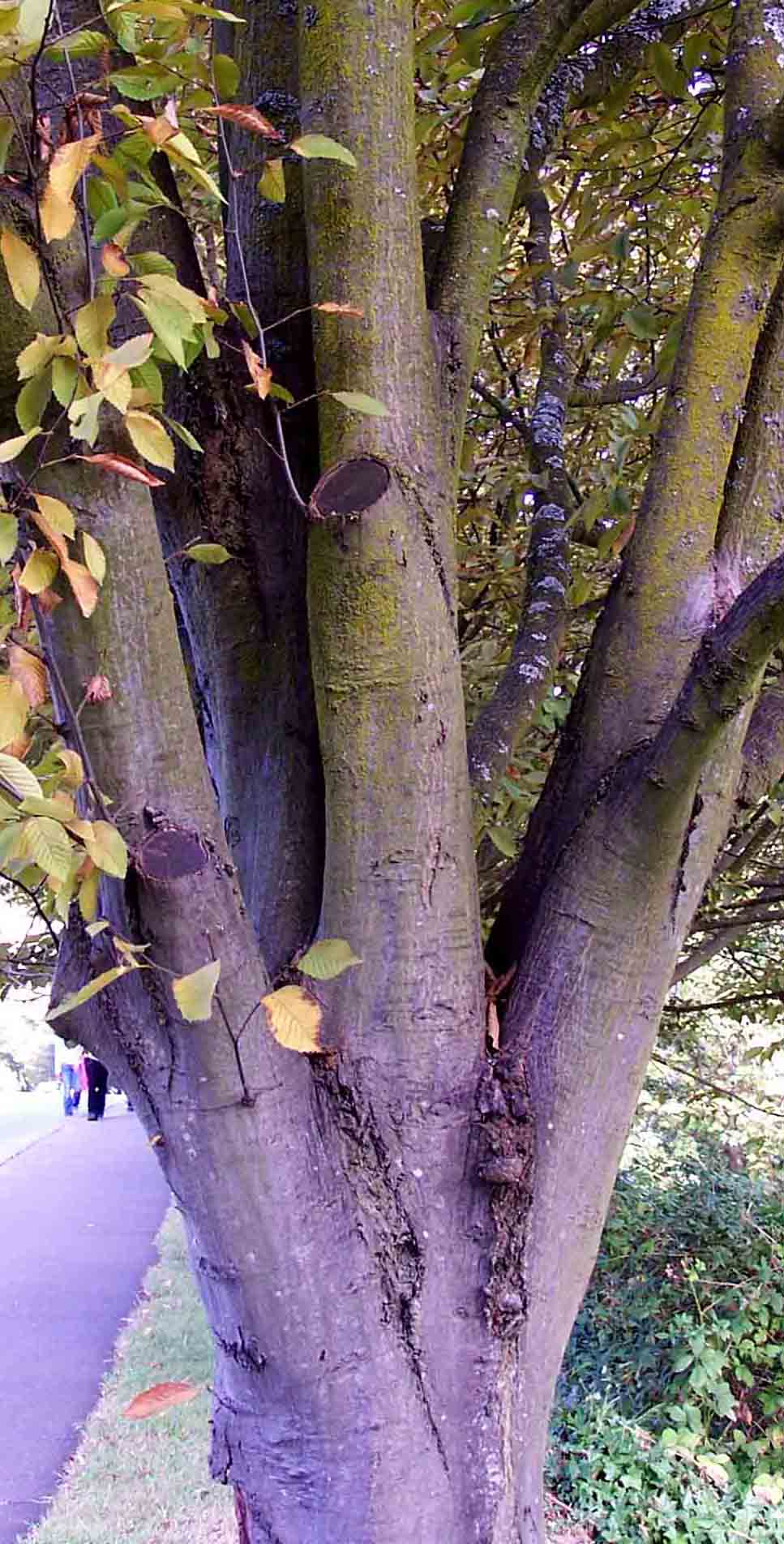This month’s issue of the Oregon Association of Nursery’s Digger magazine includes the second part of a two-part article on urban foresters’ perspectives on nursery stock. It was interesting to note that some urban foresters felt they were in a quandary because their specs require removal of burlap from B&B trees, yet many nurseries will void their warranty if burlap is removed from the root ball.
Removing burlap from B&B trees is a practice that is widely recommended, yet there is little, if any, data to support it. The logic, of course, is that burlap will prevent root egress into the surrounding soil after planting. But is this really the case? We conducted a study a couple of years ago using 3” caliper B&B green and white ash trees as part of a trial on the movement of a systemic insecticide (imidacloprid) for treatment for emerald Ash Borer. Since we were using radioactive carbon-14 as a tracer, safety regulation required us to keep the trees contained. The trees were dug with a 36” tree spade and placed in burlap-lined wire baskets by a local nursery (Discount Trees. Inc.) using their standard procedures. For the study we placed the root balls in large orchard boxes backfilled with top soil. We removed all ropes and the top of the burlap. The trees were used for a study that lasted two growing seasons. At the end of the second season we conducted whole tree harvests on a sub-sample of the trees. My vision for the root system harvest was that we would simply chain up the baskets and pop the trees out of the boxes; the burlap would help contain the roots, right? Wrong. Separating the root balls from the boxes became a major ordeal that involved a whole lotta shakin’ with the front-end loader. Once the root balls were finally extracted it was obvious that the burlap provided little resistance to root egress into the surrounding soil.

My former grad student, Grant Jones. “He said it would come out easier than that…”
Mike Kuhns at Utah State University conducted a trial several years ago (J. Arbor. 23:1-7) in which he observed a similar phenomenon. Mike compared root egress of B&B maples with burlap removed versus a single or double layer of burlap by calculating a RTRATIO which was based on the amount of the total root system weight that was found outside the original root ball. There was no difference in the RTRATIO between trees with single burlap and trees without burlap at any date during the 2-year study. Double burlap decreased RTRATIO initially but there was no difference by the end of the study. Annela et al. (Arb. & Urb. For. 34:200-203) compared various growth parameters of baldcypress, plane tree, and freemani maples transplanted bare-root or B&B with only the top of the burlap removed. After two years the only statistically significant difference was an increase in shoot growth for the B&B maples.
So what does it all mean? My personal opinion is that when it comes to establishing trees in the landscape we spend way too much time worrying about trivial matters like this. (Digging a planting hole 3X the width of the root ball and amending backfill are others but we’ll save those for another post). Matching species to site, quality planting stock, and proper after transplant care – especially mulching and irrigation – are way more important but still neglected. If we plant quality plants in the right place and take care of them properly the first two years after planting we would eliminate 80%+ of the transplant issues I see. Burlap or no is a tempest in teapot.




















 Don’t have a photo of the Magnolia-eating creeper, but I do have this nice truck-eating ivy.
Don’t have a photo of the Magnolia-eating creeper, but I do have this nice truck-eating ivy. Sidewalk-eating Japanese maple – not an invasive, but easily outgrows its “expected” space
Sidewalk-eating Japanese maple – not an invasive, but easily outgrows its “expected” space